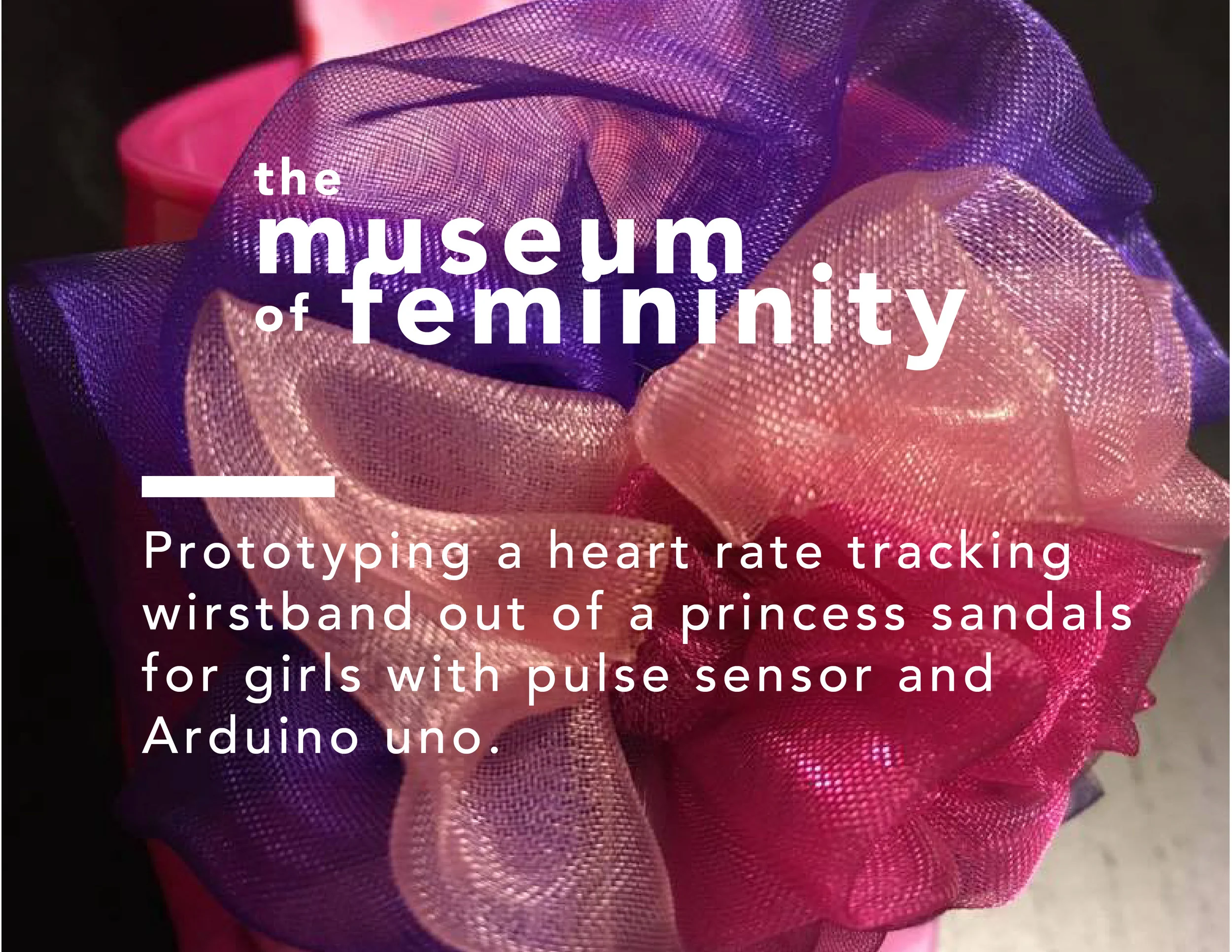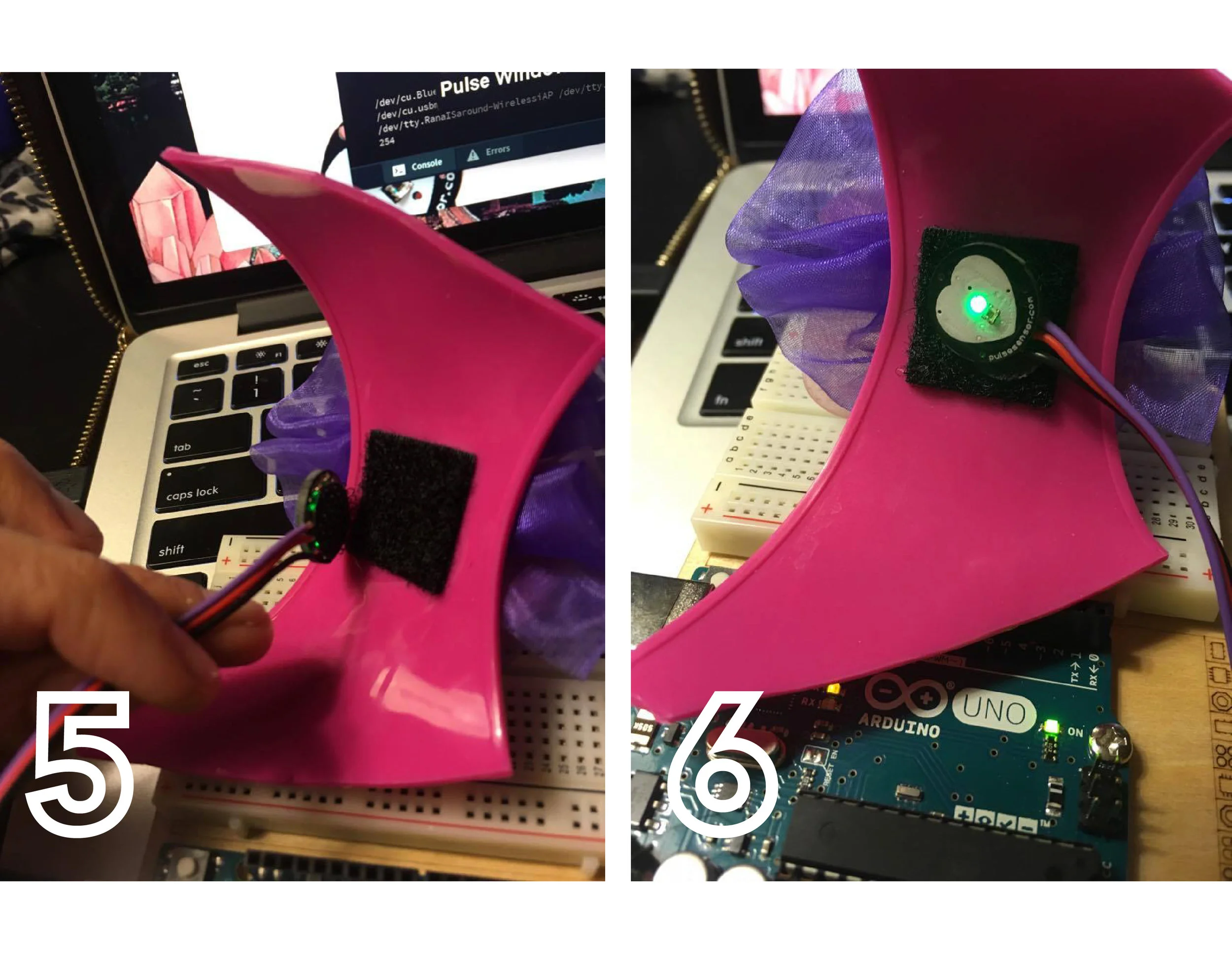Museum of Feminity
Overview
A speculative design project exploring the under-representation of women in computing and technology, and how cultural narratives around femininity shape girls’ interest in STEM.
Role
Graduate Research Fellow – Led research, concept development, and final experiential design under Prof. Matthew Wizinsky.
Company / Institution
University of Cincinnati, MDes Program
Timeline
Spring 2017
Goal
Investigate the social, cultural, and media forces that dissuade girls and young women from pursuing technology careers, and design an intervention that provokes critical thinking and inspires engagement with science and tech.
Challenges
Persistent Gender Gap: Women hold only ~20% of U.S. computing roles; women of color represent an even smaller fraction.
Cultural Barriers: Media stereotypes and traditional notions of femininity discourage girls during key decision points in adolescence.
Complex Causes: Beyond workplace bias, multiple intersecting factors—family expectations, schooling, social norms—shape career paths.
Research & Key Findings
Conducted contextual inquiry and literature review to map the influence of age-based interest, cultural/media messaging, and societal constructions of femininity.
Identified a steep drop in girls’ interest in technology during teenage years, long before college major selection.
Benchmarked initiatives aimed at empowering girls in STEM to identify gaps and opportunities.
The Cone of Possiblities
Dunne and Raby present the PPPP diagram in their book Speculative Everything (2013) as an approach to speculative design. It suggests that only by considering all possibilities around the problem encountered, we (designers) can truly imagine multiple futures and possibilities.
Speculative Futures
Utilizing the Cone of Possibilities as a tool to investigate all possible alternatives, I created a digital collage combining a dystopian, utopian and a mixed future for femininity.
Feminist Perspectives
Taking a feminist approach to the project, I started looking into the meaning of femininity in contemporary media, clothing, and toys available for young girls. The results reflected that while there is a progressive trend in re-thinking femininity, the idea of 'feminine' still is governed by pink and beautification of the natural state of women.
Concept & Outcome – The Museum of Femininity
Applied speculative design methods (Dunne & Raby’s “Cone of Possibilities”) to imagine future scenarios for women in tech.
Created a hybrid physical and digital system where girls “hack femininity” by modifying traditional “feminine” toys with electronics and code.
Provided both an in-person space and an online kit-ordering platform, encouraging critical thinking and hands-on experimentation with circuits, sensors, and programming.
System Design
Museum of Femininity is a physical and virtual space in which girls and teens are encouraged to hack traditional feminine toys through electronic circuits and other tech to hack femininity and learn about science and tech. Girls can either visit the physical space and get the toys they wish to hack or sign up online and pick and choose their perfect hacking kit.
Physical Museum of Femininity
Digital version of Museum of Femininity, mobile app
Hacking Femininity
Below, there is an example of how users can hack feminine toys with electronic circuits.
Hardware and software: Processing, Arduino Uno, Pulse sensor.
Impact
The Museum of Femininity reframes outdated gender norms as artifacts of the past and invites girls to reshape them—sparking curiosity about science and technology and challenging cultural assumptions about who belongs in computing.































